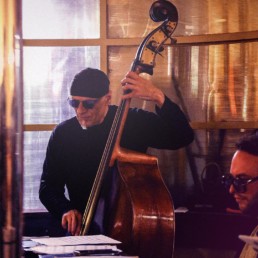Upcoming Events
Live Music Weekends: Saturdays and Sundays at 5pm
Saturday'sJazz After Shopping
from 5 pm to 7 pm
Sunday'sRound About Five
from 5 pm to 7 pm

Sat 27 April 2024 at 5pm
Jazz After Shopping: Julien Hucq 4tet
Julien Hucq - Alto sax and compositions, Victor Da Costa - guitar, Gaëtan Casteels - doublebass and compositions, Jan de Haas - drums
Free access
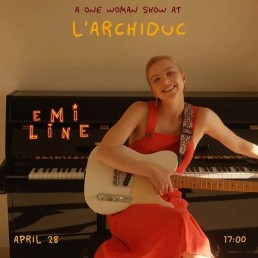
Sun 28 April 2024 at 5pm
Round About Five: Emiline
A one woman show
Free access
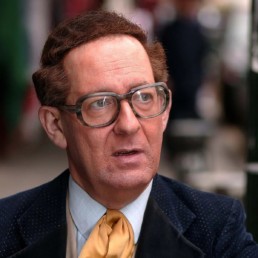
Sat 4 may 2024 at 5pm
Oh No! Earl Okin Again
Earl Okin is one of the world’s finest Jazz singers. In addition, he is probably the finest performer of Bossa Nova outside of Brazil.
Last but not least, he’s renowned for his legendary ‘vocal trumpet’ solos.
Free access
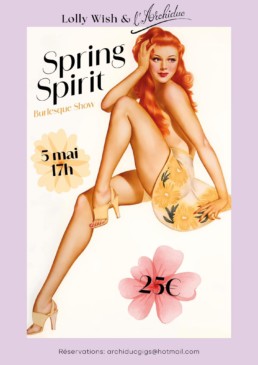
Sun 5 may 2024 at 5pm
Spring Spirit - Burlesque Show by Lolly Wish
Special guest Léonard Lasry will present the new songs from the album "Le Grand Danger de se plaire". Booking: archiducgigs@hotmail.com
25€

Fri 24 May 2024 at 9pm
NØ Steam
Formed in 2022, NØ Steam is a Belgian band that blends jazz, funk, and hip-hop, initiated by pianist Igor Gehenot and guitarist Fabrizio Graceffa, who are the main composers of the band's repertoire.
Free access

Sat 25 May 2024 at 5pm
Apokalypso
Charel Maes (alto saxofoon), Bolster de Koster (tenor saxofoon), Michiel Los (gitaar), Tristan Baars (contrabas), Lukas Jouck (drums)
Free access

Sun 26 May 2024 at 5pm
Glasshelder
Four friends meet during their early years at the Kunsthumaniora in Brussels. They now study together at the Royal Conservatory of Antwerp and form GLASSHELDER. Their music reflects the cultural mix of the metropolis.
Free access
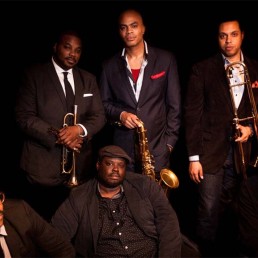
Sun 30 June 2024 at 5pm
Black Art Jazz Collective
Black Art Jazz Collective is a collaborative sextet started in 2013 by Jeremy Pelt, Wayne Escoffery and Johnathan Blake. A cooperative unit made up of six top-notch improvisers, all seasoned but all relatively young, the Black Art Jazz Collective is dedicated to both recognizing the African American foundation of jazz.
25€
Discover our milestone page
Note by Note
Mixology, Music, and Magic in Perfect Harmony
Inspiring generations
Since its founding in 1937, L’Archiduc has been a beloved Brussels institution, an Art Deco gem where history and artistry intertwine. This iconic bar has been a haven for countless artists, writers, and musicians over the decades, each leaving their mark on its storied walls. Step into L’Archiduc and be transported to a time of timeless elegance and creativity, where every corner whispers tales of the past.
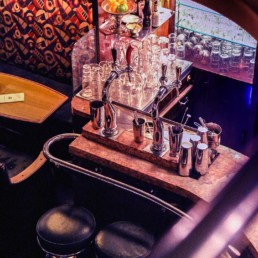
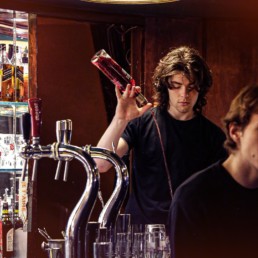
Cocktail, Spirits & Style
At L’Archiduc, our passion for the art of mixology shines through in every signature cocktail we create. From timeless classics to innovative concoctions, our expert bartenders craft each drink with exceptional ingredients and a blend of tradition and creativity. Discover our renowned cocktails and embark on an unforgettable taste journey that has captivated patrons since 1937.
Unforgettable Live Music
L’Archiduc, a renowned bar in the heart of the city, has become the ultimate destination for exceptional jazz concerts. Every Saturday and Sunday at 5 pm, the bar transforms into a mecca for music lovers, offering an unparalleled experience.
These recurring concerts showcase the talents of both established and emerging jazz artists, creating an intimate atmosphere that allows the audience to connect deeply with the music. L’Archiduc’s commitment to presenting the best in jazz ensures that each concert is unique and captivating.
